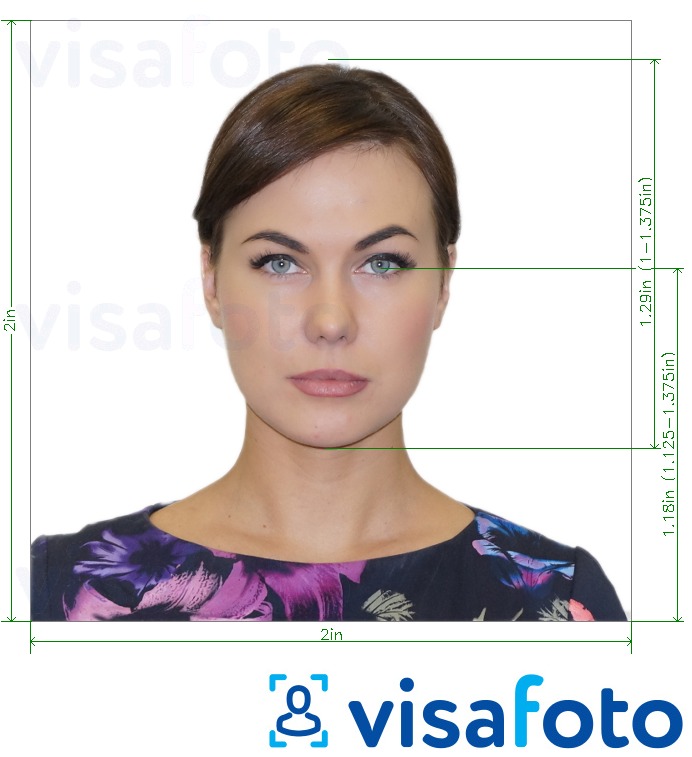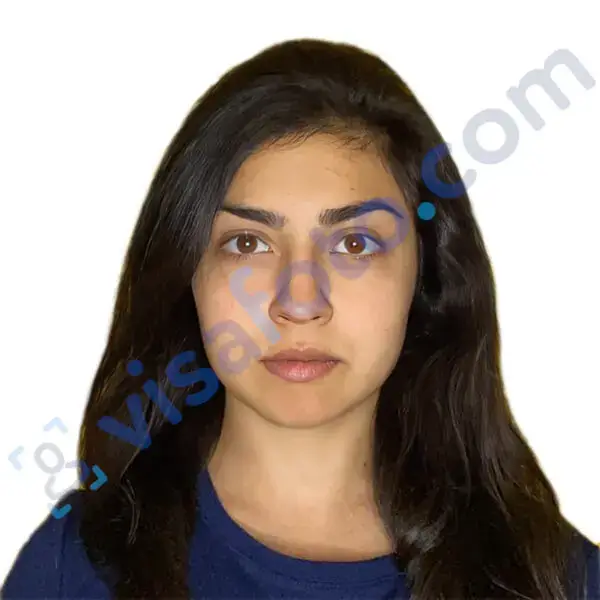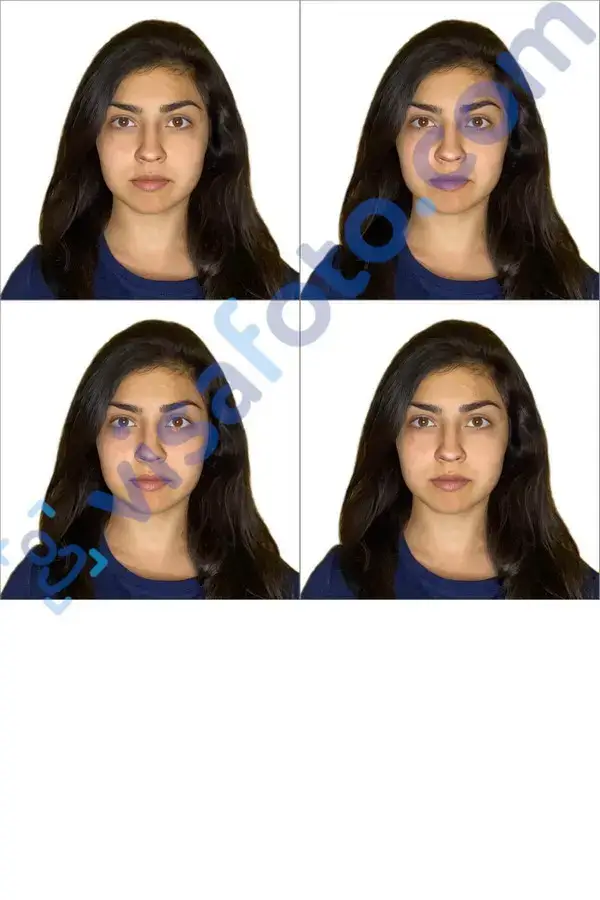USA C-1 Transit Visa Guideline
If your country is not on the visa-exempt countries list, you must have a visa to spend even a few hours in the United States. Fortunately, a visitor's visa is only sometimes required. If you do not intend to leave the airport, you only need a U.S. transit visa ("C1 visa"). The same visa is required if you are traveling on a cruise during which the ship stops in one of the U.S. ports.
This article will provide a comprehensive guide to the USA C-1 transit visa, including eligibility requirements, application procedures, and other important information to help you successfully navigate the process.
What do you need to know about the US transit visa (C1)
A C-1 transit visa allows you to stay at a U.S. airport in a designated area while waiting for your connection flight to another country. If you plan to enter the city while waiting for your flight, you must apply for a B1/B2 visitor visa.
The process of obtaining a transit visa is almost the same as a You will also need to pay a consular fee, fill out a special form (in your case, the DS-160), and undergo an interview at the consulate or embassy.
You may think that a transit visa is useless, as it's the same effort to get a full-fledged visa for tourist and business trips. On the one hand, it makes sense: so you can not just wait in the airport, but also take a walk and see the sights. On the other hand, statistics say that the percentage of refusals to obtain a transit visa is much lower than the percentage of refusals to tourist visas applications.
In addition, a legally used transit visa is considered to be quite a strong advantage in obtaining B-1/B-2 visas.
How to apply for a US transit visa?
As mentioned above, the process of applying for a visa for transit is similar to the process of applying for a visitor's one. But despite the "standard" basis of the procedure, it still has its specifics. For example, to confirm the transit purpose of the trip, the consular officer will require a document with a detailed description of the entire route (not only within the United States), travel tickets to the final destination, and visas to third countries.
Despite the "standard" nature of the procedure, it still has its own specifics. For example, to confirm the transit purpose of the trip, the consular officer will require a document with a detailed description of the entire route (not only within the United States), travel tickets, and visas to third countries.
To obtain a US transit visa (C-1 visa), follow these steps:
- Determine if you need a visa for a connection flight via an American airport: Check if you are a citizen of a country that is not eligible for the US Visa Waiver Program (VWP). If yes, you will need a visa for connecting flights even if you will not exit the airport.
- Gather the required documents: Collect all the required paperwork, including your passport, a photograph, a valid visa for your final destination (if needed), and proof of travel arrangements.
- Fill out the DS-160 form: Complete the online nonimmigrant visa application form DS-160 (guidelines are here ) and pay the visa fee.
- Schedule an interview: Plan an interview at the nearest US embassy or consulate. In some cases, you may be able to waive the interview if you renew your previous visa.
- Attend the interview: Attend your interview at the US embassy or consulate and provide all the required documents. Be prepared to answer questions about your travel plans and the purpose of your trip. If approved, your visa will be placed in your passport, and you can travel to the US.
It's important to note that the U.S. visa application process may vary depending on the embassy or consulate where you apply. Be sure to check with the embassy or consulate for any specific requirements or procedures.
Documents required for C-1 visa application
- Passport. It must be valid for at least six months beyond your intended period of stay in the United States.;
- Completed form DS-160 ;
- Evidence of travel arrangements, including your flight itinerary and tickets.
- US visa photo;
- Bank check confirming payment of the consular fee. Beginning May 2023, the US nonimmigrant visa cost will be $185.;
- Visa to a final destination country, if required. For example, if you are flying to a Schengen country, you should apply for a Schengen visa first, and only then for the US visa.
You may need additional documents depending on your specific situation, so it's important to check with the US embassy or consulate in your home country for any additional requirements.
Get a U.S. visa photo online!
Having a recent and compliant photo is important when applying for an American visa. The picture must have been taken six months before the application and must meet specific requirements.
At Visafoto, we make getting a professional-quality U.S. visa photo quick and easy. Simply upload any portrait of yourself taken in full-face against an even, shadow-free background. Remove your glasses and headgear unless they are worn for religious purposes. Look directly at the camera with a neutral facial expression.
You can take the picture with your smartphone or camera against any background and upload it to our visa editor.
Visafoto will adjust your photo's background, size, and format to ensure it meets the requirements for a U.S. visa. Attach the digital file to your visa renewal application and print it. With our service, you can have your U.S. visa photo ready in no time!
Source

Result

First, take a photo of yours under daylight like this one:

You will have two types of photos: a digital one for electronic applications and another one suitable for printing.
Here they are:


How long does it take to get a transit visa?
Applying at least 15 working days before your intended travel date is recommended to ensure smooth and timely processing.
However, in some cases, the C-1 visa processing may take up to 30 days and, in rare cases, up to 45 days. It's important to plan accordingly and submit a complete and accurate application with all required documentation to minimize potential processing delays.
To better understand the current transit visa processing times, check with the US embassy or consulate where you plan to apply.
Can a transit visa application be rejected?
Transit visas denials are rare. However, they do occur. Reasons for rejection include insufficient documents, unreliable information, and violation of the terms of stay in the United States on previous visas.
Therefore, you should review all your documents one more time. If you plan to hide or add any information, quite likely the security service of the embassy will reveal this fact, and you will not get the visa.
If your C-1 visa application is rejected, you can appeal the decision or reapply later with additional documentation. However, it's important to understand why your application was denied and address any issues before reapplying.
For how long is the US transit visa valid?
The transit visa duration is 29 days from the date of issue. If necessary, the visa can be extended. For this purpose, a corresponding application must be submitted to the US embassy, and the consular fee must be paid again. The interview at this stage is no longer conducted.
Last update: April 2023